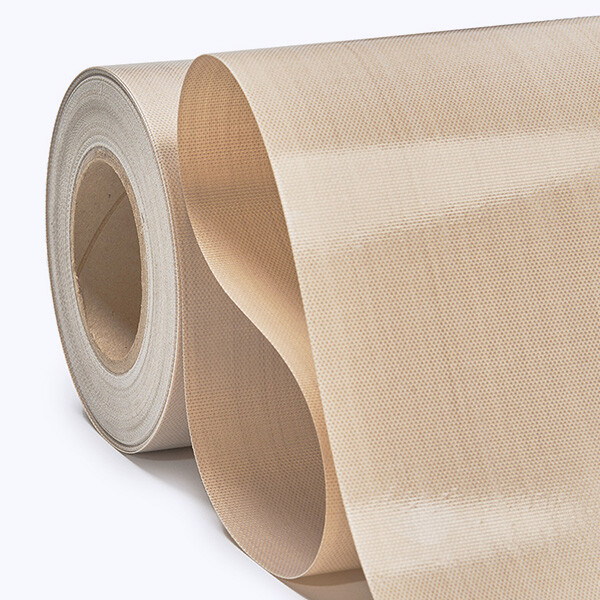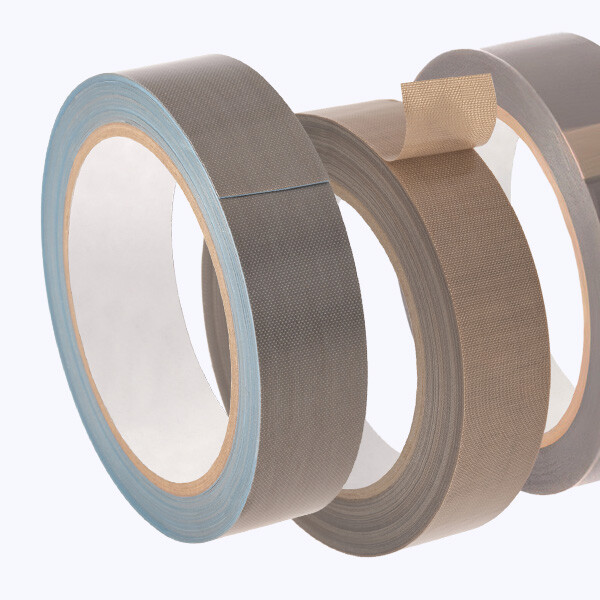
The clean energy revolution is fuelled by innovation, and fuel cells are a frontrunner. These technologies offer a promising path towards sustainable power generation. A critical component within a fuel cell is the membrane electrode assembly (MEA), and its efficiency and longevity depend heavily on the coated films used in the fabrication process.
Decal Transfer: A Precise Technique with Advanced Films
Decal transfer, a technique using advanced coated films, has emerged as a leader in MEA fabrication. This method boasts significant environmental and operational advantages. In this blog I look into decal transfer and explore how these coated films contribute to a sustainable future.
The Power of Precise Coating and Transfer
Decal transfer involves applying catalyst layers onto a proton exchange membrane (PEM) from a temporary coated film substrate. This process starts with coating the substrate, often Teflon or silicone, with a catalyst ink containing platinum-based particles and a binder. Heat and pressure then transfer this catalyst layer onto the PEM, ensuring a precise and uniform distribution. Finally, the coated film is removed, leaving the catalyst firmly attached for MEA assembly.
Ideal Coated Films: Properties for Success
The temporary coated films used in decal transfer play a crucial role and require several key properties:
- Smoothness: A smooth surface is essential for achieving a uniform catalyst distribution, critical for optimal fuel cell performance.
- Engineered Surface Energy: These films need a balance between high energy for good ink adhesion during coating and low enough energy for clean catalyst layer release.
- Mechanical Stability: The coated film must withstand the heat and pressure of the transfer process without warping or breaking.
Environmental and Operational Advantages
The decal transfer method with advanced coated films offers several benefits for both fuel cell performance and sustainability:
- Resource Efficiency:
- Precise Catalyst Loading: This method allows for precise control over the catalyst amount, minimising waste and optimising precious metal use. This precision reduces resource consumption and lowers production costs.
- Enhanced Performance and Durability:
- Uniform Catalyst Distribution: Ensures even distribution, leading to higher efficiency and consistent fuel cell performance.
- Strong Adhesion: Promotes robust adhesion between the catalyst layer and the membrane, enhancing MEA durability and longevity. This translates to fewer replacements and less material waste over time.
- Scalability and Manufacturing Efficiency:
- High Throughput: The decal transfer process is well-suited for large-scale production, making it ideal for mass manufacturing of fuel cells. This scalability allows for the broader adoption of fuel cell technology, accelerating the transition to cleaner energy sources.
- Environmental Impact:
- Reduced Emissions: By enabling efficient fuel cell production, decal transfer promotes the use of hydrogen as a clean fuel source, significantly reducing greenhouse gas emissions compared to fossil fuels.
- Sustainable Manufacturing: Efficient use of materials and the potential for recycling the coated films further enhance the environmental benefits.
Sustainability Through Continuous Innovation
The continuous development and adoption of decal transfer methods with advanced coated films aligns perfectly with sustainable manufacturing principles. By optimising material use and enhancing fuel cell performance and lifespan, this method contributes to reducing the overall environmental footprint of fuel cell production. The scalability of the process ensures that environmental benefits will be amplified as the demand for clean energy solutions grows.
Conclusion
Decal transfer with advanced PTFE-coated films represents a significant leap forward in the pursuit of sustainable energy solutions. This method's ability to improve resource efficiency, enhance performance, and support scalable manufacturing positions it as a critical technology for a clean energy future. As we strive for a more sustainable future, the continuous development and adoption of decal transfer methods will play a vital role in reducing our environmental impact and promoting the widespread use of clean and efficient energy technologies.
Learn More:
Explore our latest fuel cells and electrolysers brochure to discover how we're pushing the boundaries of clean energy technology, or view our dedicated fuel cells product section.













